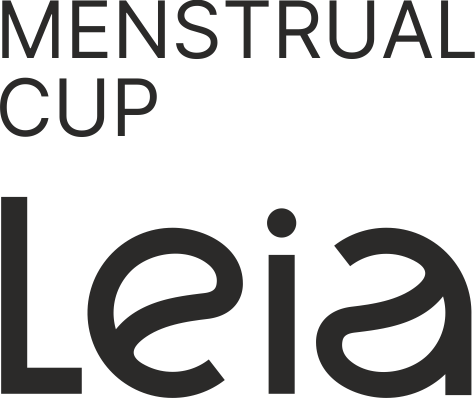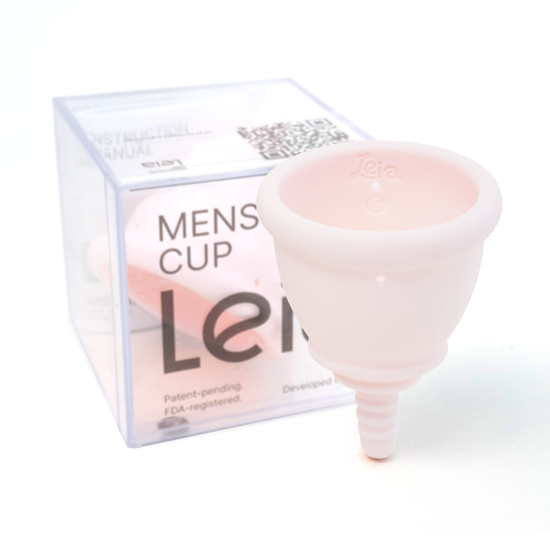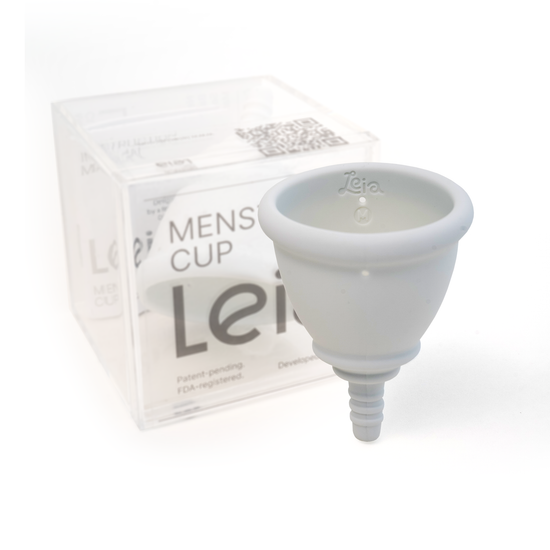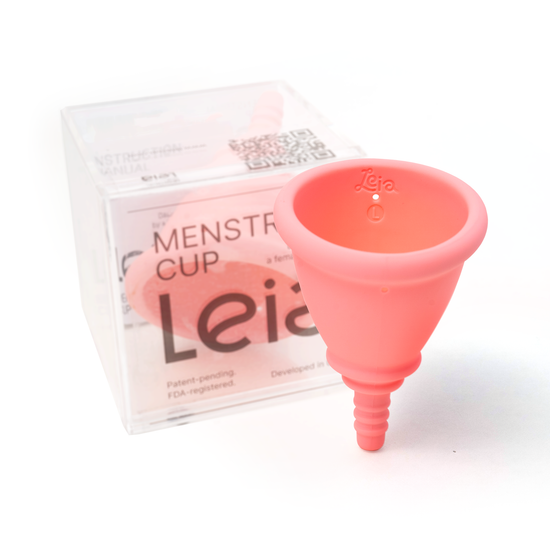The menstrual cycle is an important aspect of the reproductive system. It consists of a series of periodic changes that occur in the body with the purpose of preparing the body for pregnancy. But what exactly is considered a normal menstrual cycle? This blog article will provide a comprehensive overview of the normal duration, volume, and characteristics of a menstrual cycle.
The menstrual cycle is a series of periodic changes in the reproductive system of individuals capable of pregnancy, directed towards the possibility of conception.
A regular cycle is established within a year of the onset of the first menstruation. The age of the first menstruation is individual, but usually falls between the ages of 11-16 years.
Counting begins on the first day of bleeding and continues through and past the end of bleeding, concluding the first day of renewed bleeding (at the start of the next cycle).
The average duration of a normal cycle is 21-35 (up to 40) days.
The volume of blood lost can range from 50 to 150 ml (with an average of 80 ml).
The duration of menstruation itself is a highly individual factor, but should not exceed the range of 3-7 days.
The cycle itself includes:
- The follicular phase, which is the phase of follicle maturation (the "nest" of the egg, where it is prepared for release-ovulation). This is the phase of estrogen dominance. It also helps the follicle mature. Estrogen production is made possible by another hormone, the follicle-stimulating hormone (FSH produced in the pituitary gland).
- Ovulation is the release of the egg for further travel through the fallopian tube and fertilization. Here, a new hormone called LH (luteinizing hormone) is produced in the brain as well.
- The luteal phase is marked by the appearance of corpus luteum, which are the remnants of the ovarian follicle which previously enclosed the developing egg prior to ovulation. The presence of corpus luteum results in the release of the hormone progesterone. Under its influence, the mucous membrane inside the uterus becomes "plush" and suitable for pregnancy.
If pregnancy does not occur, the level of all hormones decreases and menstruation (rejection of the mucous membrane) occurs.
With all these hormonal changes in the body, numerous changes occur both externally and in the reproductive organs, including the familiar conditions of PMS (premenstrual syndrome).




